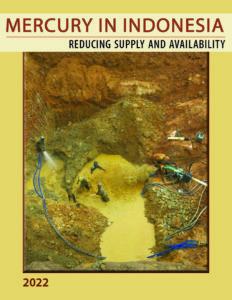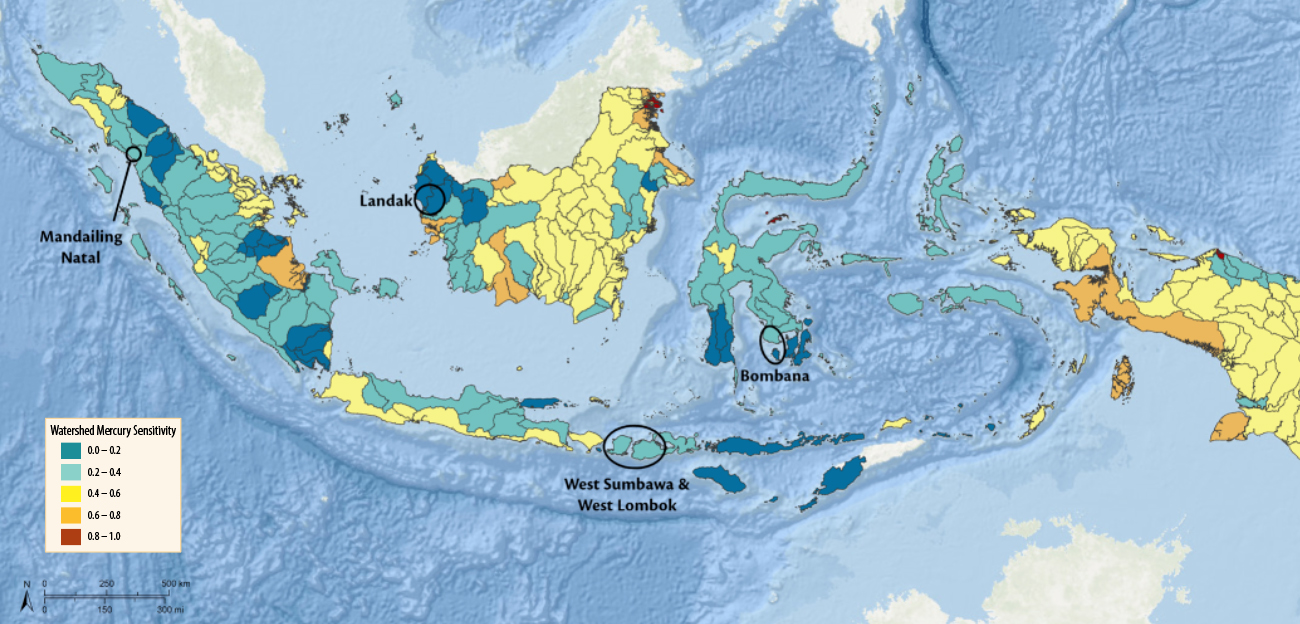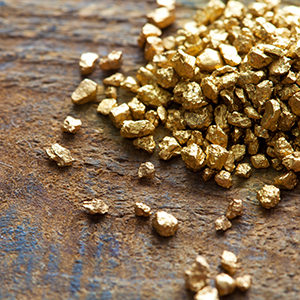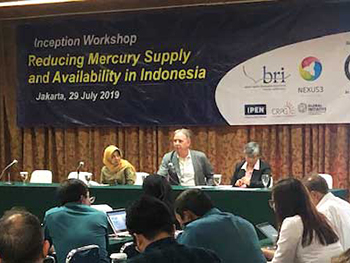The release of mercury from ASGM activities creates a high risk of human exposure and also impacts adjacent terrestrial and aquatic ecosystems. There are more than 800-1000 mining sites in Indonesia, with hotspots located in 180-220 regencies, and 15 national parks. BRI is working with local agencies and nongovernmental organizations to help define the mercury problem in this island nation and to work toward reducing the supply and availability of mercury.
A Collaborative Project to Reduce Mercury

BRI and the Nexus3 Foundation, in collaboration with other nongovernmental organizations, are leading a three-year project to support the Government of Indonesia in restricting mercury supplies, especially for the artisanal small-scale gold mining sector
Download the project description:
Indonesian Project Sites

The Project Team has chosen four sites to initiate action plans that would include changing the use of mercury and subsequent monitoring to evaluate environmental and human health:
- Bombana in Sulawesi
- Landak in Kalimantan
- Mandailing Natal in Sumatra
- West Sumbawa and West Lombok
Inception Workshop
Dave Evers leads the Inception Workshop, which was held in Jakarta in July 2019 and brought together collaborators from across Indonesia and the world. In the second picture, breakout groups work to outline details of the project.
Principle Investigators
David Evers, Ph.D.
Biodiversity Research Institute, USA
Yuyun Ismawati
Nexus3 Foundation, Indonesia
Team Members
IPEN, Lee Bell, Australia
Center for Regulation, Policy, and Governance (CRPG)
Dyah Paramita, Oman
Global Initiative against Transnational Organized Crime (GITOC)
Marcena Hunter, Australia
Biodiversity Research Institute
Molly Taylor, USA
Mark Burton, USA
Nexus3 Foundation
Krishna Zaki, Indonesia
Yune Eribowo, Indonesia
Sonia Buftheim, Indonesia
Mochamad Tio Septiono, USA
Dita Purnamaningsih, Indonesia
Project Funding

- United States Department of State
- Bureau of Oceans and International Environmental and Scientific Affairs
A Global Mercury Hotspot

Since the Minamata Convention on Mercury came into force (2017), much more has been learned about the pervasive expansion of ASGM activities and their consequences.
This Policy and Investment Priority Report presents an up-to-date assessment of the most recognized global hotspot for mercury contamination—Indonesia.
Project Funding

Photo Credits: Header Photo; Padar Island, Indonesia © Sarinee58-shutterstock; Burning mercury-gold amalgam by Kemal Jufri courtesy Balifokus. Balinese fishmarket © Eo-naya; Gold nuggets © 2012 optimarc/Shutterstock.





